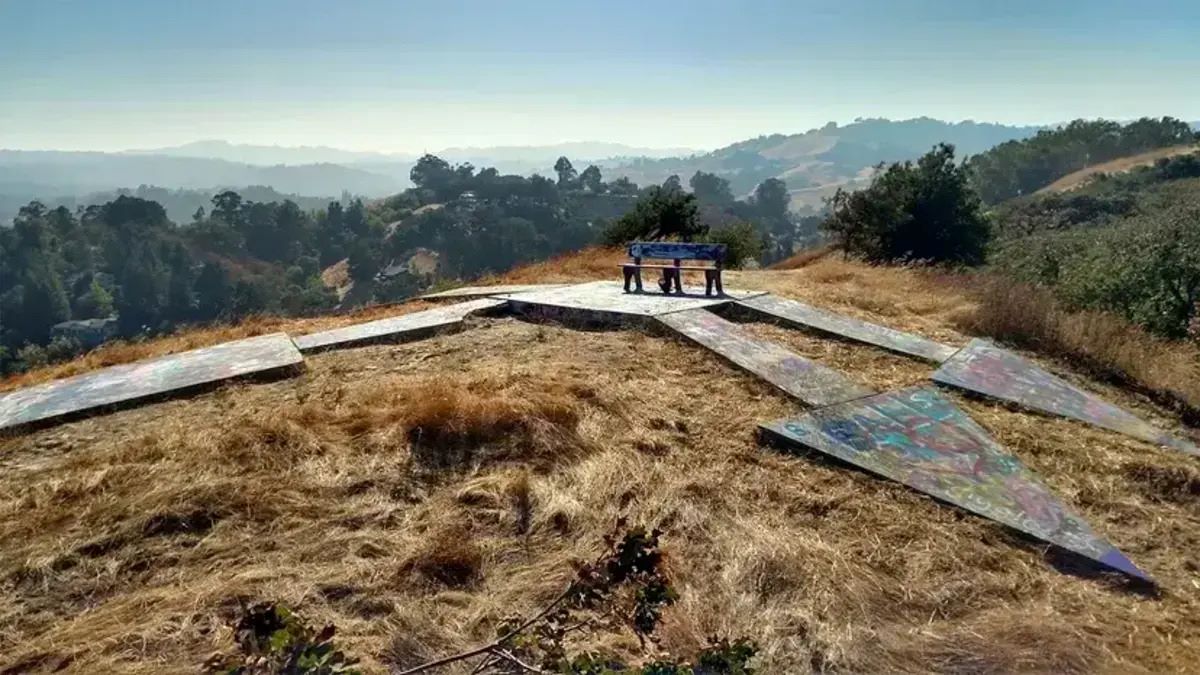America’s Forgotten Airmail Beacon Towers

Have you ever wondered about the history behind America's airmail beacon towers? These towering structures once guided early pilots across the vast landscapes of the United States. Before modern navigation systems, these beacons were crucial for night flights, ensuring mail and cargo reached their destinations safely. Built in the 1920s and 1930s, they dotted the country, creating a network of lights that pilots could follow. Though many have disappeared, some still stand as silent witnesses to a bygone era of aviation. Let's take a closer look at these fascinating relics and their role in shaping air travel history.
America's Forgotten Airmail Beacon Towers
In the early days of aviation, pilots relied on a network of airmail beacon towers to navigate across the vast American landscape. These towers, equipped with powerful lights, guided pilots through the night and adverse weather conditions. Though many have been lost to time, a few still stand as silent witnesses to a bygone era.
1. Rock Springs, Wyoming
Rock Springs hosts one of the few remaining airmail beacon towers. Perched on a hill, it once guided pilots flying the transcontinental airmail route. Today, it stands as a historical marker, a reminder of the pioneering spirit of early aviators.
2. Salt Lake City, Utah
Salt Lake City preserves another beacon tower, located near the airport. This tower played a crucial role in guiding mail planes through the mountainous terrain of Utah. It’s a fascinating piece of history for aviation enthusiasts and history buffs alike.
3. Elko, Nevada
Elko's beacon tower is a rare survivor in the state of Nevada. Positioned strategically to aid pilots navigating the challenging desert landscape, it remains a testament to the ingenuity of early aviation technology.
4. Cheyenne, Wyoming
Cheyenne boasts a well-preserved beacon tower that once illuminated the skies for airmail pilots. This tower is part of a larger historical site, offering visitors a glimpse into the early days of airmail service.
5. Omaha, Nebraska
Omaha's beacon tower stands tall, a relic of the past. It served as a crucial navigational aid for pilots flying across the Midwest. Today, it’s a cherished landmark, symbolizing the city’s contribution to early aviation.
6. North Platte, Nebraska
North Platte features another surviving beacon tower. This tower was part of the transcontinental airmail route, helping pilots traverse the vast plains of Nebraska. It’s a significant piece of aviation history, preserved for future generations.
7. Rawlins, Wyoming
Rawlins is home to a beacon tower that once guided pilots through the rugged terrain of Wyoming. This tower is a poignant reminder of the challenges faced by early aviators and the technological advancements that made airmail service possible.
8. Reno, Nevada
Reno’s beacon tower stands as a historical landmark, marking the city’s role in the airmail network. Positioned to aid pilots navigating the Sierra Nevada mountains, it’s a fascinating site for those interested in aviation history.
9. Sacramento, California
Sacramento preserves a beacon tower that once guided mail planes over California’s diverse landscape. This tower is a significant part of the city’s aviation heritage, offering a glimpse into the early days of airmail service.
10. San Francisco, California
San Francisco’s beacon tower is a rare find in a bustling urban environment. It played a vital role in guiding pilots over the Bay Area, ensuring the safe delivery of mail. Today, it stands as a historical monument, celebrating the city’s aviation legacy.
Preserving a Piece of History
America's forgotten airmail beacon towers stand as silent witnesses to a bygone era. These structures once guided pilots across vast distances, ensuring mail and passengers reached their destinations safely. Today, they serve as a reminder of the ingenuity and determination that shaped early aviation.
Preserving these towers is crucial. They offer a tangible connection to the past, allowing future generations to appreciate the challenges and triumphs of early flight. Efforts to restore and maintain these beacons can also boost local tourism, providing educational opportunities and economic benefits to communities.
Next time you spot one of these towers, take a moment to reflect on its historical significance. By valuing and protecting these landmarks, we honor the pioneers of aviation and keep their legacy alive for years to come.

